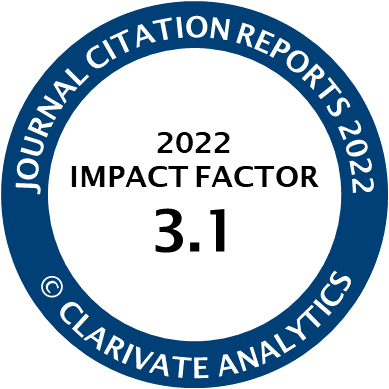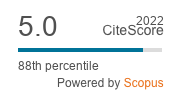Article | Open Access
Types of Information Orientation and Information Levels Among Young and Old News Audiences
| Views: | 1611 | | | Downloads: | 1040 |
Abstract: Studies on audiences’ information behavior paint a mixed picture of young and old people’s interests, their involvement with news and information, and the effects news consumption has on their learning. By adapting Giddens’s structuration approach, this study aims to assess audience behavior and its relationship with journalism by comparing the use behavior and attitudes of three age groups—adolescents, young adults, and adults—as characterized by distinct media socialization and use patterns. We identify types of information orientation—that is, a typology of behavior and attitudes towards news and information—for the examination of news audiences. Based on a representative face-to-face survey (N = 1,508) with German adolescents (14–17 years old), young adults (18–24 years old), and adults (40–53 years old), we identify four types that can be characterized by a certain pattern of news-related attitudes, the use of sources, and their relevance to opinion formation, as well as the perceived information level of participants. We examine how these types of information orientation differ between and among the three age groups and explore their relationship with audiences’ socio-political knowledge. The findings show that not all young people are necessarily less interested and engaged with news and journalism than older people. Moreover, it is a combination of interest with the use and perceived relevance of journalistic sources that is relevant for positive effects on information levels.
Keywords: adolescents; audience behavior; hybrid media system; information orientation; journalism; news use; young adults
Published:
Supplementary Files:
© Leonie Wunderlich, Sascha Hölig. This is an open access article distributed under the terms of the Creative Commons Attribution 4.0 license (http://creativecommons.org/licenses/by/4.0), which permits any use, distribution, and reproduction of the work without further permission provided the original author(s) and source are credited.




